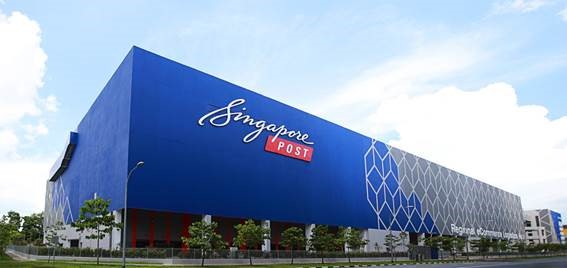
To Boldly Go…

This article is an extract from the Autumn Edition of MER Magazine published in August 2018. You can read the full article as well as other articles from MER for free by visiting digital.mailandexpressreview.com.
In the second instalment in their series of articles on the interaction between humans and technology, Dr. Eva Savelsberg and Matthew Wittemeier of INFORM’s Logistics Division argue that technology will give the post and parcel industry the freedom to explore new ideas and ways of working.
The world is moving forward quickly. What was once science fiction (the internet, robots, artificial intelligence, etc.), is increasing commonplace. Underlying these innovations are challenges around both technology and how humans interact with new technology. Understanding both is crucial to addressing why users are resistant to technological innovations. Equally, it is paramount in fostering a path forward so that new technology solutions can drive value instead of floundering in the hands of sceptical users.
Technology is Here to Stay
“Come here. I want to see you,” were the first words communicated over the telephone by Alexander Graham Bell to his assistant in 1876. After that first call, Bell penned a letter to his father where he noted: “The day is coming when [telephone cables] will be laid on to houses just like water or gas – and friends converse with each other without leaving home.” Despite its revolutionary ability to connect people anywhere, anytime, it took approximately 75 years for the telephone to reach 50 million users. A lack of infrastructure and technological constraints are generally the two factors noted when discussing the very slow adoption of the technology.
Fast forward to the 1950’s and the TV was introduced; it took TV about 13 years to reach 50 million users. Fast forward again to the late 80’s and the first commercially available internet hit the market – it took approximately 4 years to reach 50 million users. In 2016 Pokemon Go was launched and the app reached 50 million users in 19 days! The pace of technological adoption is quickening. The challenges that hindered the adoption of the telephone are all but non-existent today.
Today, the internet serves as a common backbone for almost all technological innovation. While not perfect, its common use architecture allows anyone, anywhere to develop and distribute new technologies with ease. Further, since the mid 1900’s Moore’s law has seen the steady doubling of technological capability every two years or so. Today, most of us carry a mini-supercomputer in our pocket. Ironically, these supercomputers take us back to the beginning of the story; our smartphones are designed to supersede the now-outdated telephone system.
Today, consumer facing technology companies are able to innovate on time-frames measured in months and users can adopt those innovations in mere days. While the pace of innovation and adoption is slower in the enterprise IT world – it too has dramatically increased over the past two decades.
Over the past 25 years, improvements in computer hardware have resulted in an increase in computing power by a factor of 2,000 times. This seems impressive until one compares it to the advances in optimisation algorithms over the same period. For instance, Linear Programming algorithms, considered the most important class of optimization techniques by many experts, have improved by a factor of 1.4 million times. When combined, the effects of both advances generate a tremendous 2.8 billion times improvement in processing capability. To better understand this, a planning model, using linear programming, that takes us a second to solve today, would have taken almost 100 years to solve in the 90’s.
When you combine the technological innovations we are capable of today with an entire generation of digital natives – the Millennials – we are headed directly into an era where technology will not support hub operations, but rather define them. We’re seeing the start of this in Industry 4.0, where processes are redefined to suite robotic equipment. The addition of technologies like AI and Machine Learning (ML) will see more significant changes to come.
This article is an extract from the Autumn Edition of MER Magazine published in August 2018. You can read the full article as well as other articles from MER for free by visiting digital.mailandexpressreview.com.













